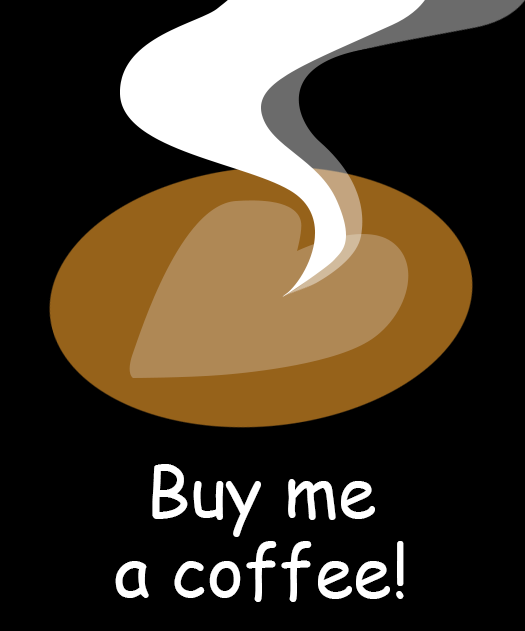
Blog
When it's Good for the Horse, it's Good for the Client...
7 November 2021
"Quality must prevail over quantity, with a close eye kept on the impact on the horses at all times; we must not heal one species at the expense of another."Angela Dunning
When I first began working on and researching my book, The Horse Leads the Way back in 2015, the working title I initially had was: “If it’s good for the horse, it’s good for the client”.
This is something I still very much hold to because clearly, conversely, it can never be good for the client if the horse is in anyway compromised, unhappy or suffering.
Although the field of equine involved therapeutic and learning interactions has always been aimed at the outset at benefitting people, through my own experiences I came to see that the potential also existed for the horses own healing in the process. This can only happen however, when we approach and carry out our work in ways which respect and honour the horses as full, sentient beings in their own right, with needs, feelings and yes, even a destiny of their own.
I have experienced this mutual healing happening both in my training and my own practice. I saw some horses move through tremendous shifts in their own physical and emotional healing. I literally witnessed one broken-down racehorse regain his voice in a session with a client, he whinnied again for the first time in years and thus began his own recovery journey and reintegration into his new herd. This is but one example, I have seen many and I know others have too. As I’ve written about previously, my own retired racehorse North Star went through a complete transformation on embarking in this work, where he became the powerful healer he innately was, after being beaten down and close to constant starvation for the previous 12 years of his life.
In terms of our actual day-to-day practice, the premise that “if it’s good for the horse, it’s good for the client” can be borne out in everything we do. If we honour each No and Yes from our horses at every stage of the process then we not only ensure our horses are healthy, happy and fulfilled. But, we can also open up the space for them to relax enough and let go of things they have been holding onto in their minds and their bodies. This doesn’t become a distraction, on the contrary, it can add to the healing between the horse and client as their nervous systems and hearts entrain. One’s release of tears, loss and pain can facilitate the others.
When we don’t honour our horses in this way and stay solely focused on what our clients can gain from the interaction then we are on the road to creating a one-way process, where the horse is utilised, and thus, the conditions are ripe for a gradual shutting down and even potential ill-health in the horse.
So, to keep this phrase in our minds as we go about planning and delivering our work can be very helpful indeed. It’s a good way to keep ourselves and those we work with conscious of what we are doing and how. It also lays down the conditions for our equine partners to open up a little more to us and reveal the true magnificence of their loving, kind hearts and desire to walk this path with us humans. And really, at the end of the day we must always keep asking ourselves: how amazing and generous is that?
Angela Dunning, The Horse’s Truth, 7th November 2021








